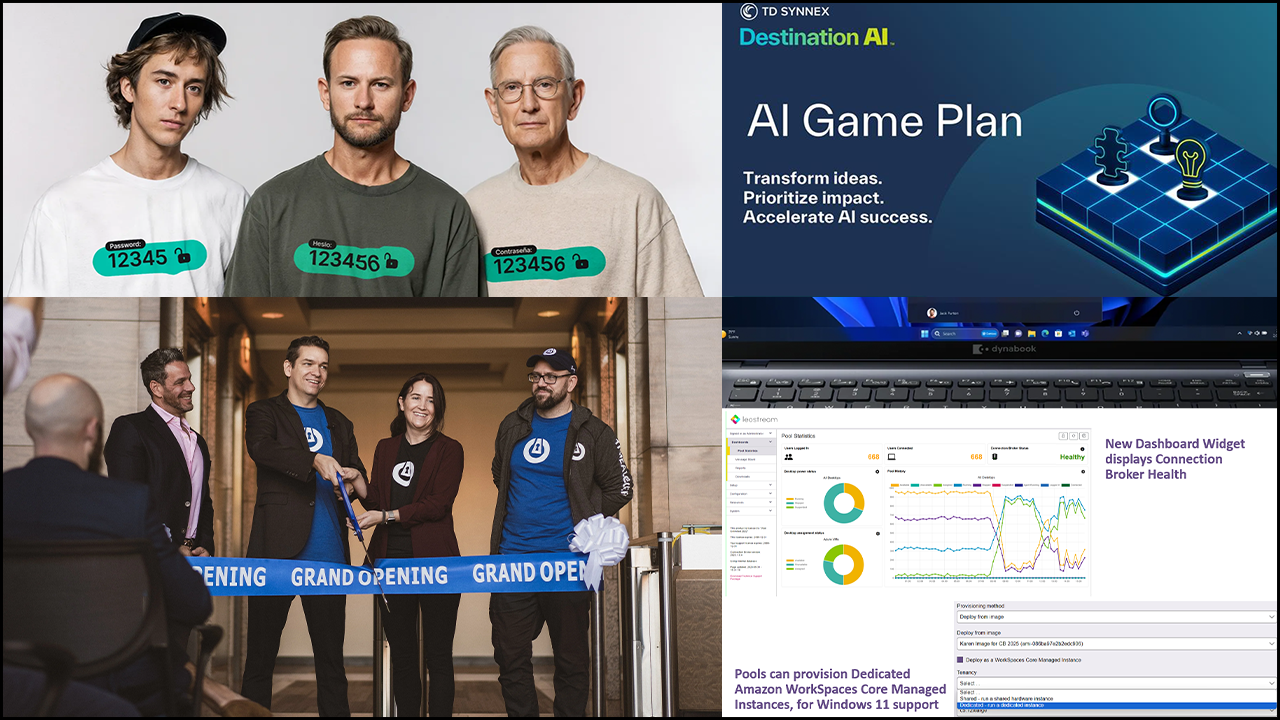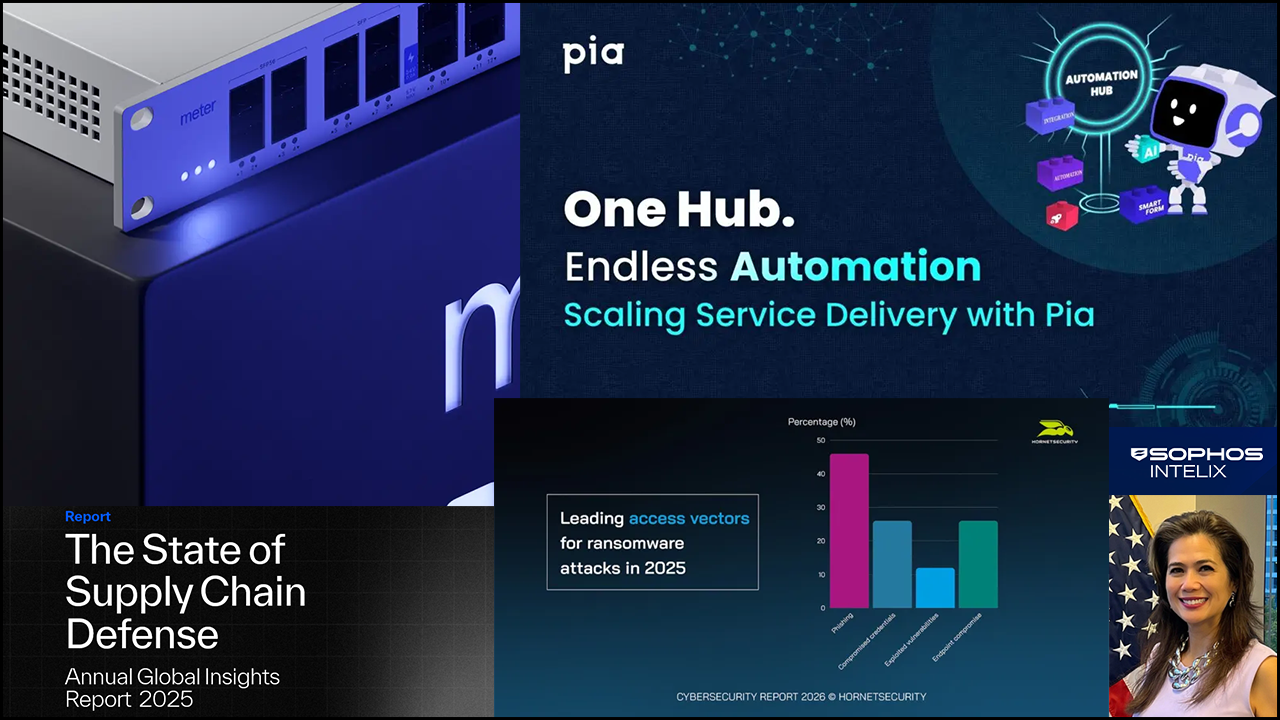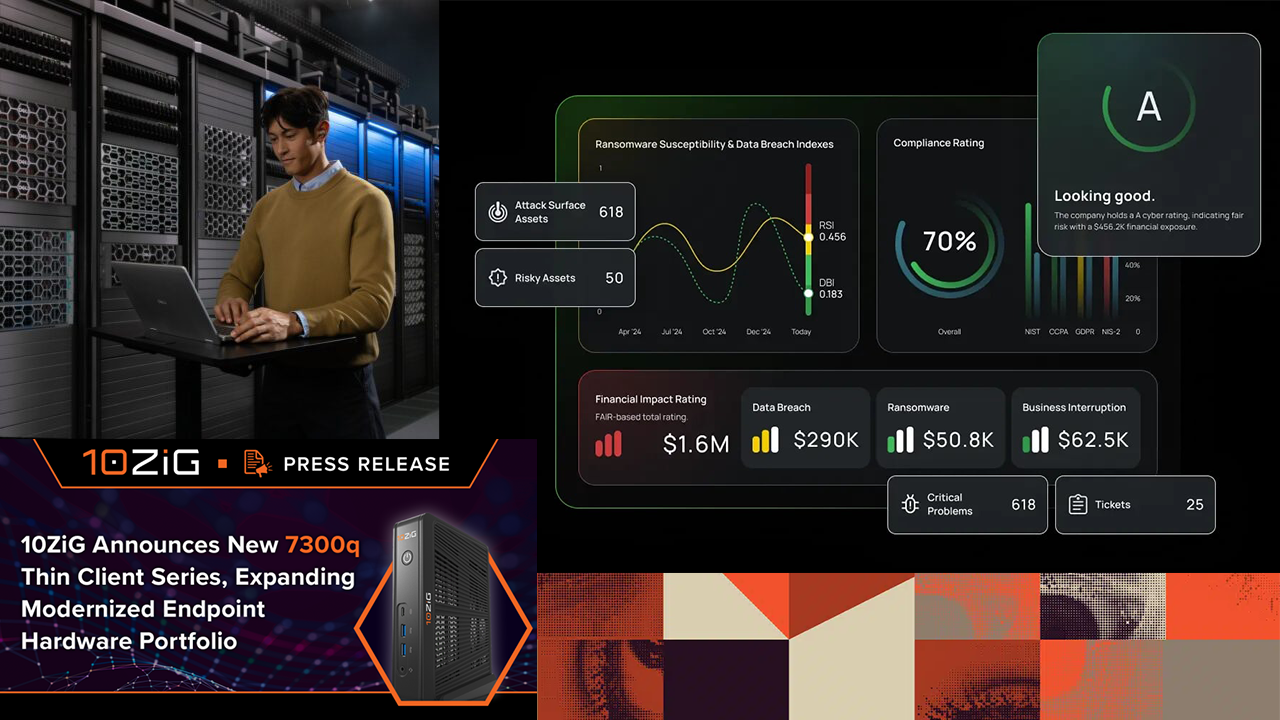Welcome to fall 2023, which starts on September 23rd. This is the sport fan’s best season, with football underway and basketball starting just as the World Series elimination rounds get close. Oh, and hockey. And the temperatures in the Southwest dropped below 100 degrees Fahrenheit, the best reason to rejoice and have a pumpkin-spice latte.
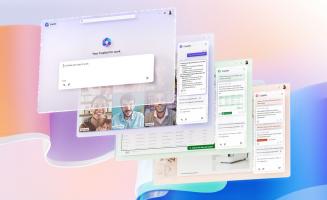 News from the big boys. Thanks to Microsoft Copilot, which starts rolling out next Tuesday, AI will now ride shotgun on all your Microsoft computing efforts as your “everyday AI companion,” weaving its way through programming with GitHub, office work with Microsoft 365, and browsing with Edge and Bing.
News from the big boys. Thanks to Microsoft Copilot, which starts rolling out next Tuesday, AI will now ride shotgun on all your Microsoft computing efforts as your “everyday AI companion,” weaving its way through programming with GitHub, office work with Microsoft 365, and browsing with Edge and Bing.
The Microsoft Surface family expanded in number and screen size. Check out the Surface Laptop Studio 2, Surface Laptop Go 3, Surface Go 4, and rev up your meetings with Surface Hub 3, a series of large touchscreens ranging from 50 inches in easel or whiteboard format to the 85-inch whiteboard with Cloud IntelliFrame and Copilot.
Salesforce antes up even more in the AI market with Einstein Copilot, an AI-powered conversational assistant for every Salesforce application, and Einstein Copilot Studio, which includes the Einstein Trust Layer that protects sensitive data while using your trusted data to improve generative AI responses.
 CrowdStrike news. The Fal.Con 2023 conference included a batch of news from CrowdStrike, like the agreement to acquire Bionic, markers of application security posture management tools.
CrowdStrike news. The Fal.Con 2023 conference included a batch of news from CrowdStrike, like the agreement to acquire Bionic, markers of application security posture management tools.
The CrowdStrike Falcon Platform upgrades with CrowdStrike Falcon LogScale, the new “Raptor” release with petabyte-scale and AI-powered innovations. Other advances include CrowdStrike Falcon Data Protection and Exposure Management.
Need some custom applications to deal with specific situations? Hello to the CrowdStrike Falcon Foundry, a no-code application dev platform for cybersecurity.
To support partners with all these new programs, CrowdStrike introduced Accelerate, its new partner program, which unites cybersecurity partners of all types. Education, demand generation, and new rewards to boost profitability available to all. MSPs and MSSPs get some extra attention with Falcon Complete for Service Providers, including 24/7 expert monitoring and proactive threat hunting.
Other security news. SentinelOne offers to make breach remediation and insight gathering after the fact faster and more reliable with Singularity RemoteOps Forensics.
Email security always needs extra help, and a new batch of no-cost tools from Trustifi include Email Analyzer, DMARC tool, ThreatScan, Defanger, and SPF Record Checker.
Wiz joined the Fortinet Fabric-Ready Technology Alliance Partners Program, while Fortinet joined the Wiz Integration (WIN) Program. Team up!
More automation means you can support more customers and generate more revenue, so check out the new Acronis Advanced Automation offering to reduce complexity and friction.
Vade for M365 has a new add-on: Remote Browser Isolation, using AI to better secure web use.
Security training and awareness percentages are always too low, hence the new Proofpoint awareness features and content like Adaptive Groups, ML Leveled Phishing, and New Games using Anti-Phishing Phil.
Syxsense linked tighter with Climb Channel Solutions to scale up and go global with its USEM tools.
Perception Point launched its new managed service provider program with expert support, MSP training and certification, demo and NFR licenses, and more.
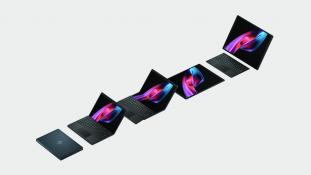 Hardware news. Intel gave more details on the upcoming Intel Core Ultra processors, code-named Meteor Lake, which include Intel’s first integrated neural processing unit (NPU) for AI acceleration and local inference on the PC. Announced launch date is December 14th.
Hardware news. Intel gave more details on the upcoming Intel Core Ultra processors, code-named Meteor Lake, which include Intel’s first integrated neural processing unit (NPU) for AI acceleration and local inference on the PC. Announced launch date is December 14th.
Foldable screens aren’t just on phones anymore. HP pulled the curtain on the Spectre Foldable PC (pictured), which switches between a laptop, tablet, and desktop using a foldable 17-inch OLED display.
HPE Aruba Networking unveiled the Aruba Instant On AP220, a Wi-Fi 6 access point, and Aruba Instant On 1960 stackable switch.
Lenovo announced a batch of AI at the Edge products, including the new Lenovo ThinkEdge SE455 V3 edge server with AMD EPYC 8004 Series processors, and more.
The new Cognitive Experience technology from Linksys runs network tests, opens a trouble ticket if necessary, and schedules a call from the Linksys service agent. This “Cognitive Mesh” tech is currently shipping in the Velop Pro 6E and soon in the Velop Pro7, Velop Micro Router 6, and Velop Micro Mesh 6.
The Durabook S15 Semi-Rugged Laptop packs the Intel 12th Gen Alder Lake platform chip into the thinnest and lightest 15.6 inch model in the semi-tough class.
In a hurry for the upcoming 5th Gen Intel Xeon Processors to handle some gnarly workloads? Sign up for Supermicro’s remote early access testing of the new systems on the JumpStart Program for qualified customers.
Prefer AMD EPYC 8004 Series processors? The Supermicro H13 generation of WIO Servers, designed to deliver strong performance to the edge and telco data centers, were just announced.
IoT news. Every bit of improved IoT security is good news, and the partnership of Keysight and Synopsys to embed testing software into the IoT Security Assessment tools will help device makers comply with new White House cybersecurity standards.
C4ISRNET dives into the same U.S. Cyber Trust Mark program with ways IoT device makers can comply, including the FCC’s fact sheet and some best practices.
This overview of the Internet of Medical Things from India covers the integration of IoT and SCADA equipment, a critical topic rarely mentioned in medical facilities.
E-Space signed a deal with the Beyon Group to enable space-based IoT services, using its low Earth orbit technology in the Kingdom of Bahrain.
A nice overview of examples of IoT in multiple verticals comes courtesy of Robots.net, making us only slightly nervous about the coming takeover.
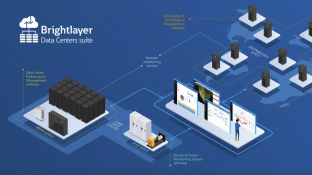 Other product news. ConnectWise MDR will soon be integrated with Microsoft Defender for Business to help MSPs monitor and manage events in real time.
Other product news. ConnectWise MDR will soon be integrated with Microsoft Defender for Business to help MSPs monitor and manage events in real time.
Another hybrid workforce partnership links Egnyte and Microsoft so users can share and upload files from Teams to Egnyte storage.
Even data centers need to make the digital transformation journey, and Eaton has an addition to its Brightlayer Data Centers suite (pictured) to mash asset management, IT and OT device monitoring, and more into a single application.
The just-launched CrashPlan for MSPs allows them to provide, manage, and easily bill CrashPlan for their customers.
As Wi-Fi 6 gained popularity, diagnostic tools lagged behind, but no more. Check out MetaGeek, an Auvik company, and its partner Oscium as they introduce a portable spectrum diagnostic tool for Wi-Fi 6E.
 Non-product vendor news. The red carpet at Proofpoint is for Michael Frendo (pictured), joining as chief technology officer, engineering.
Non-product vendor news. The red carpet at Proofpoint is for Michael Frendo (pictured), joining as chief technology officer, engineering.
Kaseya released a new certification program: Remote IT and Security Management (RITSM), which offers both a 12-hour Foundations course and a Professional 40-hour course.
SonicWall enhanced its SecureFirst Partner Program for North American MSPs and MSSPs, with faster access to benefits, more flexibility, tiered tracks, and more.
Cisco will acquire Splunk for $157 per share in cash, approximately $28 billion in equity value.
Pax8 started an initiative to fast-track the onboarding of private offer vendors to its line card, making them more accessible and easier for MSPs to build into solutions.
Syncro and Splashtop did the tighten up with their ongoing partnership so Syncro partners can get enhanced Splashtop features as part of their team plan.
SAS signed with TD SYNNEX to leverage its global distribution network for the SAS suite of AI and analytics products.
To offer its unified multicloud management tools to global customers, Vultr teamed with Virtuozzo.
ConnectWise announced its PitchIT Accelerator finalists: vCIOToolbox, Nodeware, and Thread.
The Alliance of Channel Women named Holly Hunt of Comcast Business its Big Impact Winner for Q2 2023. ACW also opened registration for ACWConnect Live! fall event in Miami Beach on October 30th.
This week’s stats ticker:
Moving to the cloud often involves surprises, including higher costs than expected. Aptum’s annual Cloud Impact Study 2023 – Maximizing Value: Controlling Costs and Optimizing Cloud Spend surveyed 400 IT professionals from organizations with 250+ employees in the U.S., Canada, and UK. 73% reported their cloud investment resulted in higher IT costs than expected within the last 12 months, a 28% increase compared to 2021 figures. Almost as many, 71%, say cloud-related costs make up 30% or more of their total IT spend. This prompts a full ROI analysis of cloud spending for 92% of respondents. What’s pushing costs up? Poor planning, a lack of internal expertise, and acceleration of cloud adoption even with a lack of familiarity with complex cloud solutions. Implementing a hybrid, multicloud strategy spanning on-premises and public cloud services magnifies the challenges. What do respondents need? Cost visibility and accountability, optimized resource usage, and more information about their particular cloud implementations.
The 2023 Cyber Claims Report Mid-Year Update from Coalition, a self-described “Active Insurance” provider, showed a 12% increase in cyber claims over the first six months of the year, driven by spikes in ransomware and funds transfer fraud. Large companies with more than $100 million in revenue saw the largest increase at 20%. Ransomware claims frequency grew by 27% from 2H 2022 as claims severity reached a record high of 117% more than last year. Criminals increased their demands for ransom up to an average of $1.62 million, 74% higher than last year. So far this year, Coalition negotiated ransomware payments down an average 44% over last year.
 Everyone loves Krispy Kreme. Soldiers, like everyone, love doughnuts, and many say their favorite is Krispy Kreme. That includes those at a military base in Alaska awaiting the van delivering a fresh batch of Krispy Kremes.
Everyone loves Krispy Kreme. Soldiers, like everyone, love doughnuts, and many say their favorite is Krispy Kreme. That includes those at a military base in Alaska awaiting the van delivering a fresh batch of Krispy Kremes.
Unfortunately, the driver left the van doors open for a quick drop-off at a convenience store on the base. When the driver returned, two black bears were inside the van, helping themselves to doughnut holes and other pastries. The driver and store manager banged on the side to scare of the bears, but they kept munching.
Calling security to activate the bear-repelling sirens was a good idea, but futile. The bears kept eating. Finally, they had their fill, and sauntered back into the woods, probably looking for coffee to dunk their crullers.
Photo: Shelly Deano via AP




